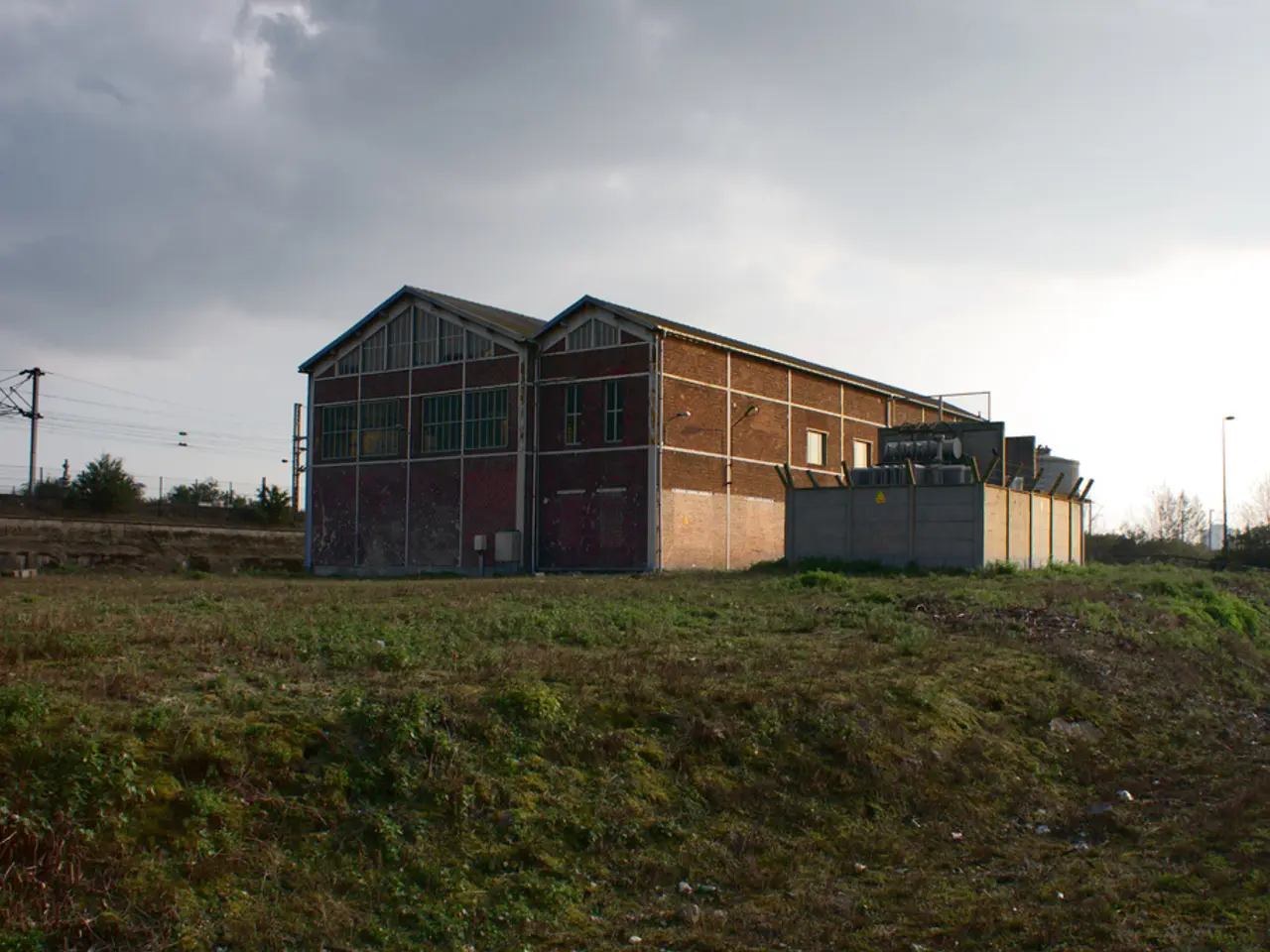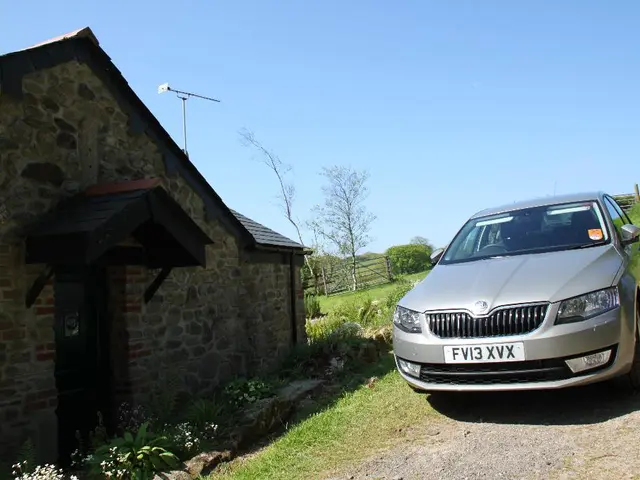Investing in renewable energy: Is it a wise choice?
The British government's ambition to accelerate the country's transition to "net zero" through increased adoption of renewable energy is facing a potential challenge. The cautious investment stance by renewable energy funds in the UK could slow the development of capacity necessary to meet emission reduction targets.
Renewable energy investment funds in the UK are prioritizing share buybacks over new investments due to limited current investment opportunities and a focus on maximizing shareholder returns. For example, Drax Group Plc, Greencoat UK Wind, and Octopus Renewables are actively repurchasing shares to optimize capital structure and return value to shareholders.
This trend risks slowing renewable capacity growth, potentially impeding progress towards the UK's net zero emissions goals. If capital is redirected into buybacks rather than new project development, the expansion of renewables might stall, making it harder to achieve the UK's climate commitments on time.
Addressing this may require improving project development pipelines, regulatory support, or financial incentives to encourage reinvestment over buybacks. Foresight Solar, whose shares trade at a discount of 23%, is also buying back shares, with borrowings equivalent to 65% of net assets, debt reduction being the priority.
The UK Offshore Wind auction last September failed to secure any bids due to an ambitious price cap of £44 per megawatt-hour (MWh) set by the previous government, which has been significantly increased by inflation. The government increased the maximum price at the next auction to £73 in response to industry experts' estimates that a price of £60 per MWh would be necessary for any bid to be viable.
The proceeds from TRIG's asset sales are not being reinvested in the UK but used to reduce borrowings and initiate a £50m share buyback programme. Greencoat UK Wind, trading at a 9% discount, is also prioritizing buybacks over investment. The wholesale price of electricity is currently below the new maximum price set by the government for the next auction, which could lead to a rise in the cost of electricity.
A glut of electricity when weather conditions are favourable and shortages at other times could result from increased investment in renewable energy, leading to very low prices at some times and very high prices at others. Since the middle of 2023, The Renewables Infrastructure Group (TRIG) has sold £210m of assets at an average premium to book value of 11%.
Greencoat UK Wind expects to have £1bn of surplus cash flow in the next five years based on its current power price forecasts. The Labour Party is committed to "cutting household energy bills by up to £1,400 a year and saving businesses £53bn by 2030," but it is unclear where the "clean and cheap power" they have promised will come from.
The combined assets of more than £10bn for the mentioned renewable energy companies highlight their significant presence in the sector. However, the investment funds specializing in renewables in the UK are currently trading on attractive discounts to net asset value (NAV) and have dividend yields above 7%. The new National Wealth Fund and GB Energy, funded with borrowed money, are supposed to invest in larger projects such as onshore wind and solar farms, but it is uncertain if they will be able to attract investment from the private sector or big pension funds.
The political risks associated with investing in renewable energy in the UK are significant due to the potential for hostility from the government if investment is not forthcoming. The future of renewable energy investment in the UK remains uncertain, with challenges in project pipeline maturity, regulatory environment, or returns expectations that may require policy or market adjustments to reinvigorate capital deployment in green infrastructure.








